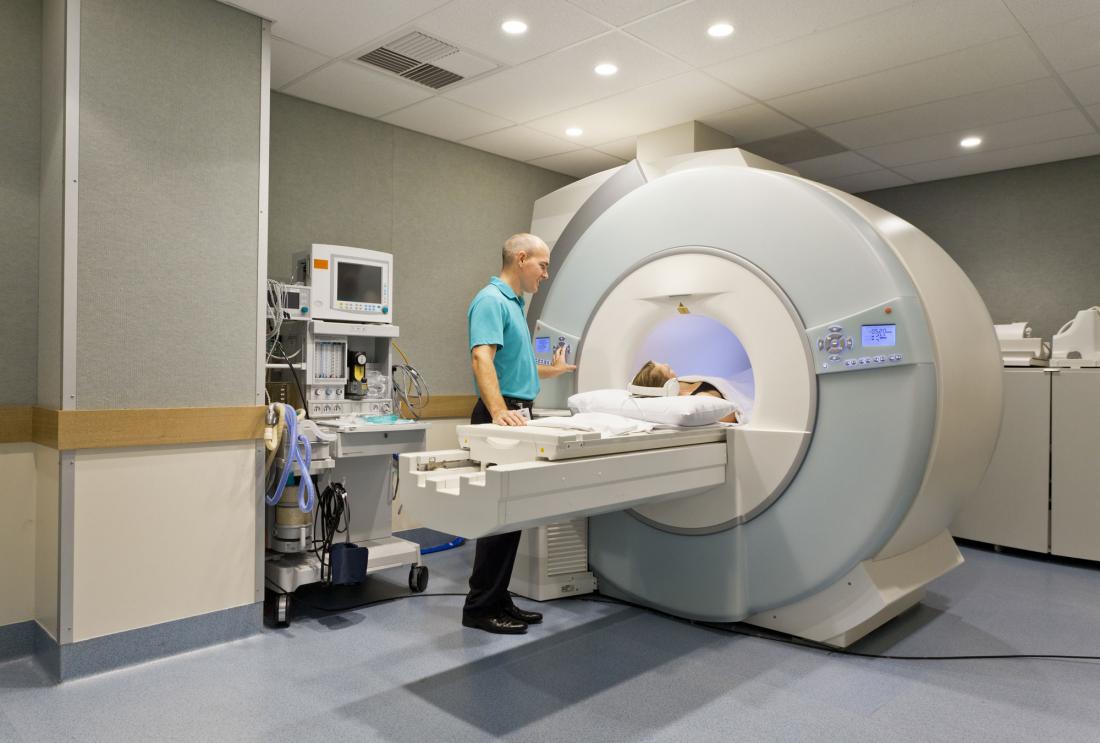Clinical Decision Support for Radiology Imaging in the United States
There is widespread concern over the health risks and health care costs from inappropriate use of high-cost medical imaging. In response, clinical decision support systems have been designed to notify health care providers when they have ordered a diagnostic scan that is inconsistent with current professional guidelines. Researchers studied the impact of a clinical decision support software system on high-cost imaging orders. They found that clinical decision support reduced the number of high-cost scans targeted by the software but did not change the total number of high-cost scans ordered.
Problema de política pública
In 2014, Medicare spent over US$4 billion on high-cost diagnostic imaging, such as magnetic resonance imaging (MRI) and computed tomography (CT) scans, but research suggests that up to 30 percent of diagnostic imaging is unnecessary. Medical professionals and payers are concerned with the health risks and health care costs from the inappropriate use of such high-cost scans. With health care spending accounting for almost one-fifth of the US economy1 and an even larger share of public sector budgets,policymakers are interested in reducing spending on health care that provides minimal value to patients. Reflecting concerns about inappropriate scanning, beginning in 2021, Medicare will no longer reimburse providers for high-cost scans unless they are ordered using a qualifying clinical decision support system—an automated tool that provides guidance on the appropriateness of a scan. Prior to this evaluation, there had been no large-scale randomized evaluation of the impact of clinical decision support systems for high-cost imaging.
Contexto de la evaluación
Aurora Health Care is a large, private, not-for-profit integrated health care provider serving communities in eastern Wisconsin and northern Illinois. Aurora encompasses fifteen hospitals and more than 150 clinics in the region, and the system cares for more than 1.2 million unique patients each year. Aurora Health Care utilizes an industry-standard electronic medical record software that includes a radiology order entry system. The average health care provider at Aurora orders over 100 high-cost scans per year.

Detalles de la intervención
Researchers conducted a randomized evaluation to study the impact of clinical decision support systems on the number of certain high-cost medical imaging orders. Approximately 3,500 health care providers at Aurora with imaging order permissions were selected to participate in the study. Researchers randomly assigned half of these providers to receive the clinical decision support intervention, with the other half serving as a control group. After a “quiet period” where the clinical decision support system provided researchers with baseline measures of imaging-order behavior without alerting providers, the system was turned on for providers in the treatment group on December 15, 2016.
The clinical decision support system was integrated directly into Aurora’s electronic medical record and operated when a provider ordered high-cost images, such as a CT scan or MRI. Based on the health condition that the provider entered as the reason for the scan and characteristics of the patient, the system used computerized guidelines developed by the American College of Radiology to determine the appropriateness of the scan. For treatment providers, a pop-up window appeared at physician sign-off if it met the criteria of a “targeted scan”:
- The scan was ‘high-cost’ (defined to include CT, MRI, Nuclear Medicine or PET scans),
- The scan scored below a threshold rated “likely appropriate,” and
- There was an alternative scan with a higher appropriateness rating.
The pop-up window displayed the appropriateness rating of the selected scan, alternatives with a higher appropriateness rating, and a link to the relevant medical documentation. The provider could choose to proceed with the initially selected scan (the default), cancel the initial order, or select one of the listed alternatives.
Researchers measured scan ordering through administrative data recorded by Aurora’s electronic medical records system and by the National Decision Support Company, the provider of the clinical decision support system.
Resultados y lecciones de la política pública
Researchers found that clinical decision support reduced the number of scans targeted by the software but did not change the total number of low- or high-cost scans.
Over the year of the intervention, clinical decision support reduced targeted scans by 1.1 scans per provider, relative to the control group average of 17 scans (a 6 percent decrease). Clinical decision support had no impact on the total number of high-cost or low-cost scans. This is not surprising since clinical decision support is intended to—and did in this study—reduce the number of high-cost scans targeted by the software, not all high-cost scans. Scans targeted by the software made up a small portion (less than one in five) of all high-cost scans.
Results suggest that Medicare’s mandate requiring health care systems to adopt clinical decision support starting in 2021 could modestly improve the appropriateness of high-cost imaging orders. Yet contrary to findings in prior observational studies that found large reductions in targeted images, the results of this large-scale randomized evaluation suggest the vast majority of high-cost scans were not eliminated.
The intervention was designed to study whether a software intervention could improve the appropriateness of high-cost-image ordering—an intervention that is easily scalable. Given the impending Medicare mandate, an important next step is to evaluate which design features of clinical decision support, such as the information provided at the time of ordering and complementary actions including supervisor reviews, can increase its effectiveness.

